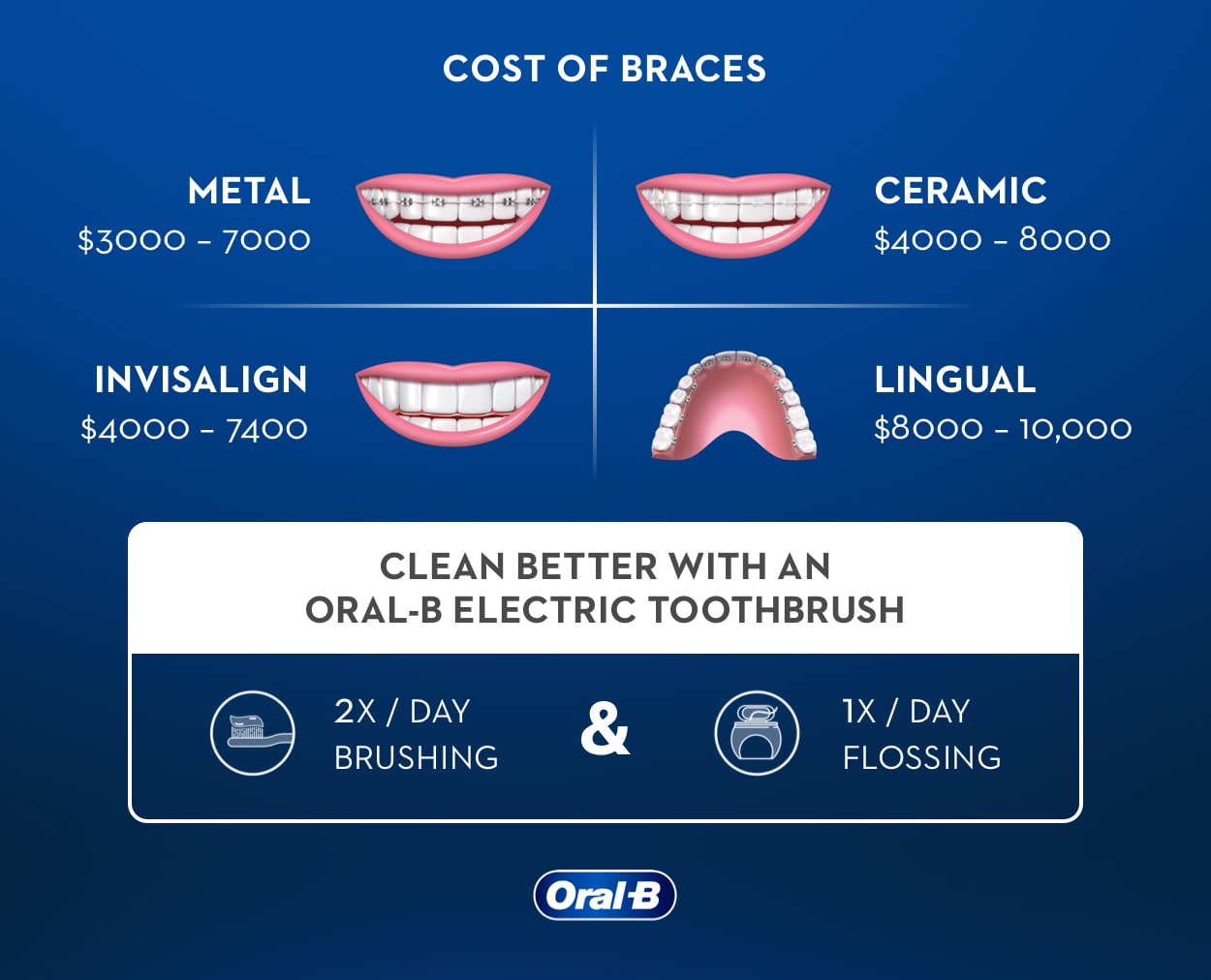Comprehensive Overview to Orthodontics Procedures for Remedying Oral Imbalances
Recognizing the complexities of each procedure, including their mechanisms, benefits, and possible downsides, is critical in making informed decisions concerning one's orthodontic therapy. As we browse with the extensive guide to orthodontic procedures for correcting oral imbalances, the complex details of each method will certainly unravel, losing light on the path toward a unified and practical dental alignment.
Orthodontic Procedures Overview

Routine modifications and surveillance are crucial parts of orthodontic treatment to make sure progression is on track and to make any kind of necessary adjustments along the means. By going through orthodontic treatments, individuals can not just attain a straighter grin yet additionally boost their overall oral health and function.
Traditional Braces: How They Work
When thinking about orthodontic treatments for oral misalignments, traditional dental braces stick out as a tried and true method for dealing with teeth positioning. Traditional dental braces consist of braces, wires, and bands that collaborate to apply continual pressure on the teeth, progressively moving them right into the desired placement. The brackets are connected to the teeth using an unique adhesive, and the wires are threaded with the braces. By adjusting the stress of the wires, orthodontists can regulate the direction and force used to each tooth, guiding them right into proper placement in time.
As pressure is applied to the teeth with the braces, the bone surrounding the teeth is reshaped to support the new tooth positions. Patients will need regular adjustments at the orthodontist's office to ensure the braces continue to use the right stress for efficient teeth motion.
Undetectable Aligners: Cons and pros
These clear, customized trays are virtually unseen when used, making them an attractive option for people seeking an extra visually pleasing orthodontic therapy. Clients can get rid of the aligners prior to eating or cleaning their teeth, decreasing the threat of food getting stuck in the device and simplifying the cleansing procedure.

Surgical Orthodontic Options
Surgical treatments in orthodontics existing feasible alternatives for resolving intricate oral imbalances that may not be efficiently solved via standard orthodontic therapies. While unnoticeable aligners and conventional braces can correct many orthodontic issues, particular instances need surgical intervention to attain ideal outcomes. Surgical orthodontic choices are generally recommended for extreme malocclusions, substantial jaw inconsistencies, and situations where the underlying bone structure requires adjustment to accomplish proper placement.
One typical surgical orthodontic treatment is orthognathic surgical treatment, which includes repositioning the jaws to deal with practical issues such as trouble talking or chewing. This surgical procedure is typically carried out in cooperation with an orthodontist that helps straighten the teeth before and after the treatment. Surgical orthodontics may additionally include procedures to expose impacted teeth, eliminate excess gum cells, or reshape the jawbone to produce an extra harmonious face profile.
Prior to considering medical orthodontic this page options, individuals undergo a detailed assessment to establish the necessity and possible benefits of such interventions. invisalign. While surgical procedure may seem daunting, it can substantially boost both the function and appearances of click here now the smile in cases where traditional orthodontic therapies fall short
Retainers and Post-Treatment Treatment

Failure to conform with post-treatment care instructions can result in relapse, where the teeth progressively relocate back towards their original placements. Regular retainer wear, great oral hygiene, and normal oral exams are crucial for keeping the outcomes achieved through orthodontic surgery and making certain the lasting security of the dealt with oral positioning.
Final Thought
In conclusion, orthodontic treatments offer different options for correcting dental imbalances. Surgical orthodontic choices are readily available for much dentist occupation more extreme misalignments. On the whole, orthodontic procedures can successfully boost dental wellness and aesthetic look.
As we browse through the detailed guide to orthodontic procedures for dealing with oral misalignments, the elaborate information of each method will unravel, losing light on the path toward a useful and harmonious dental placement. - orthodontics
One of the most typical orthodontic therapies is the usage of dental braces, which consist of steel brackets and wires that apply gentle stress to progressively shift teeth into the desired setting.When considering orthodontic treatments for oral imbalances, traditional braces stand out as a time-tested technique for remedying teeth placing. In addition, invisible aligners might not be ideal for complex orthodontic issues that need more considerable teeth motion, as they are usually suggested for light to moderate cases. Retainers are custom-made orthodontic devices created to hold teeth in their remedied positions after the conclusion of orthodontic treatment.
Comments on “Top Tips for Selecting the Best Cumming Orthodontist for Braces and Aligners”